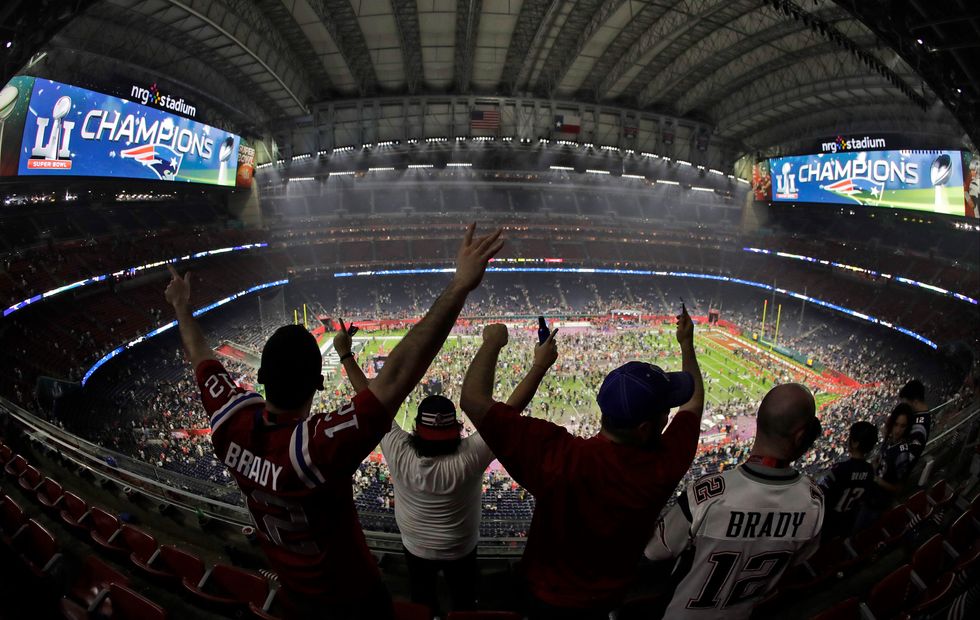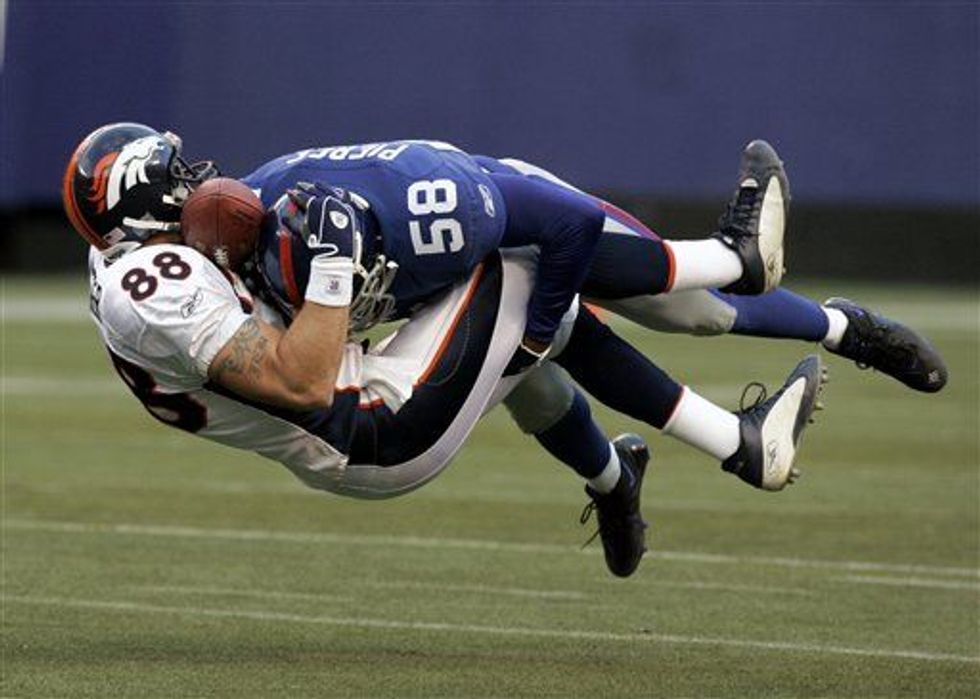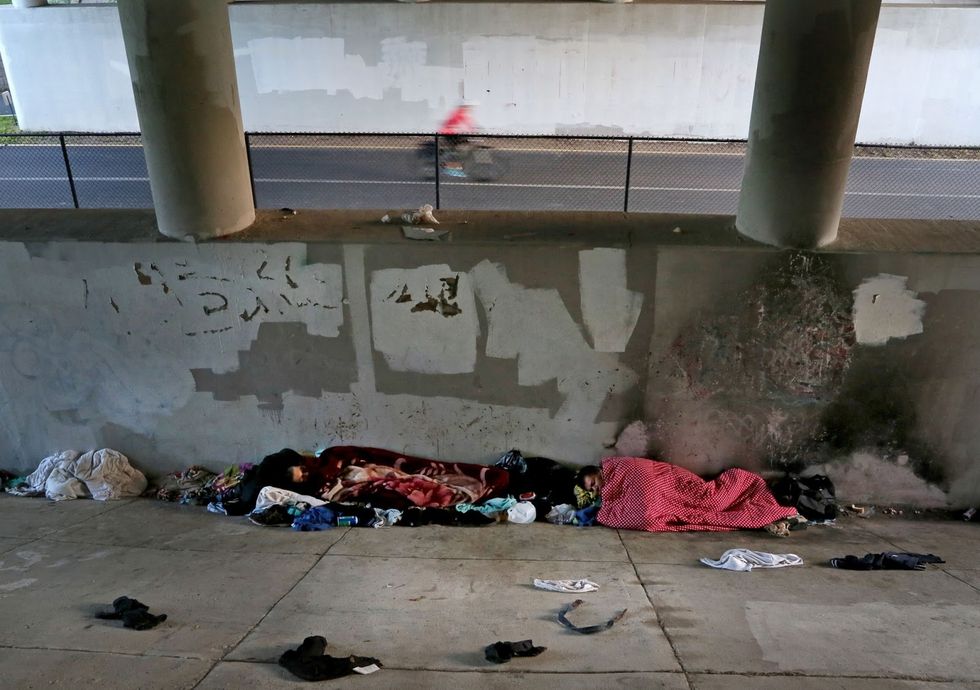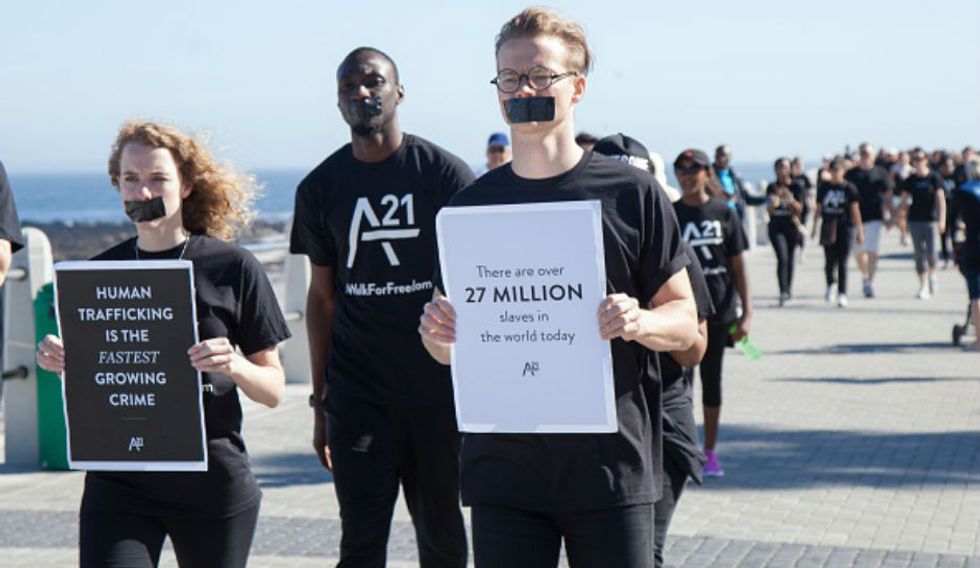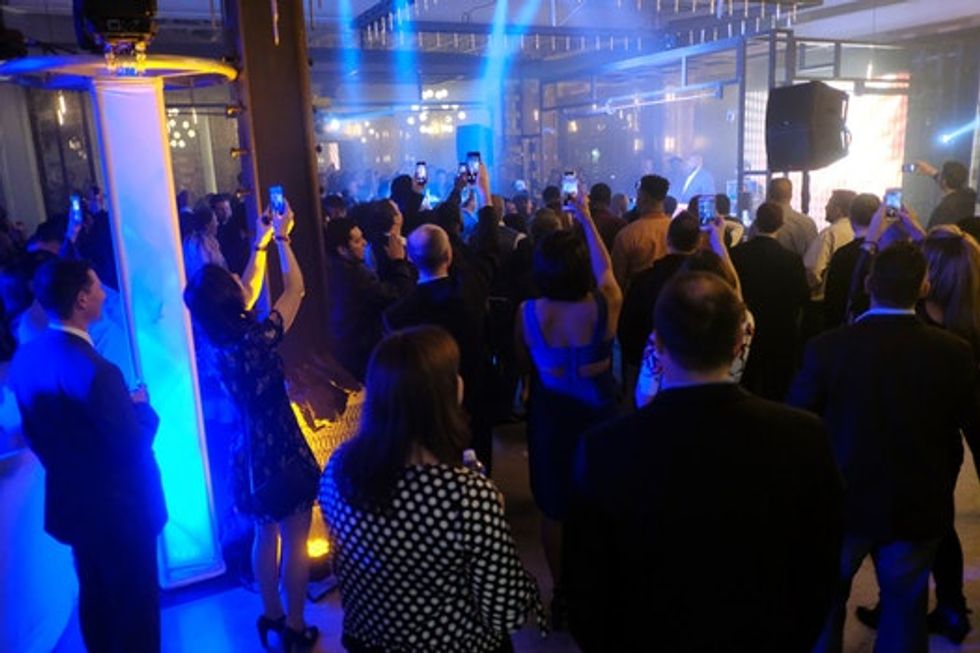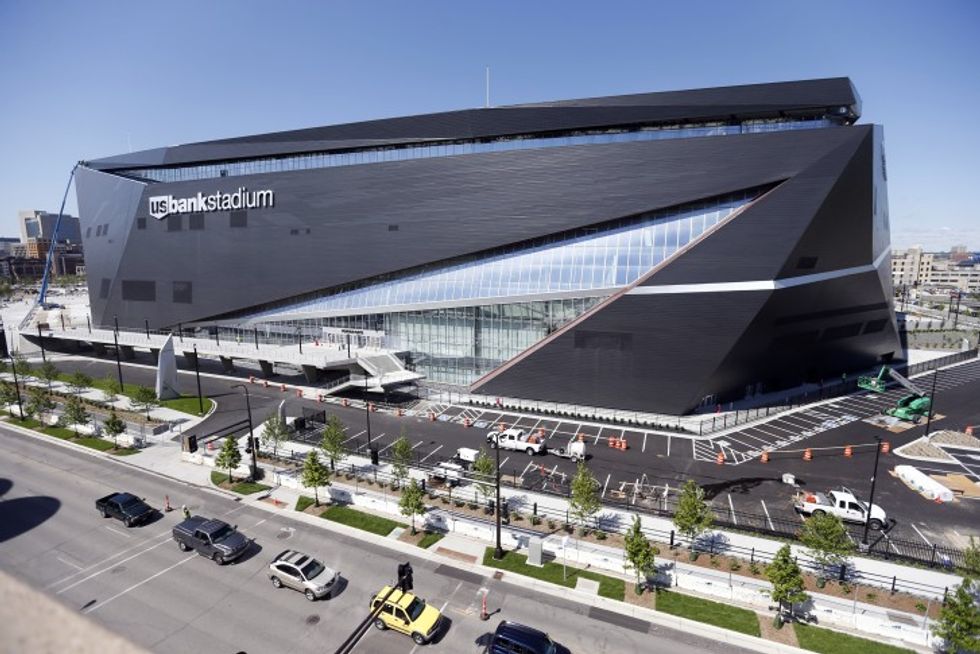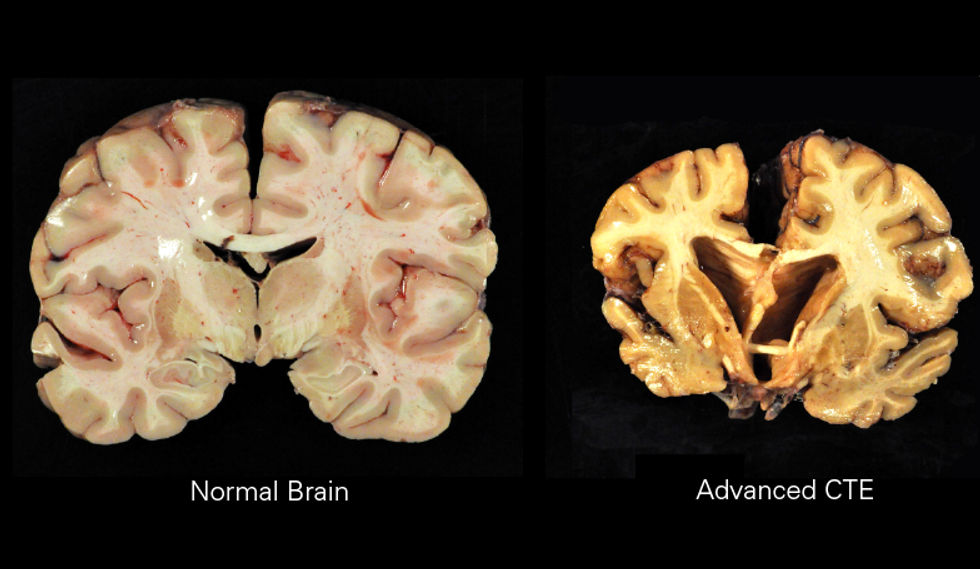I’ve never been a huge fan of football. Whenever I’d get a glimpse of my dad watching a game on TV, I wouldn’t see the grit and pride other people saw; rather, I just saw the violence of the sport.
Every year, my parents would enthusiastically host a Super Bowl party, inviting all our friends and neighbors over to watch the game and eat guacamole. Even the people who weren’t the biggest fans would come together (sometimes if it was just for the commercials). But this year, despite my own city hosting the 2018 "big game," I decided not to tune in for a few reasons.
1. Promotion of a violent sport
Football is an extremely violent game. I mean, the main objective for defenders is to stop the opposing team from scoring, right? Even if it means a hard tackle in the dirt? Sure, the players are usually wearing helmets and padding, but this doesn’t prevent injury. Physical rips and tears of muscles/tendons, broken bones, and concussions are commonplace in the sport. According to a study done by the National High School Sports-Related Injury Surveillance, “more than 500,000 high school football injuries occurred between the 2014 and 2015 school year [alone].” Those in support of football claim that the sport promotes the development of teamwork and strength, but I disagree. Aren’t there plenty of other sports or activities that promote the same thing without the violence?
2. Moving of the homeless
It’s no surprise that cities under the national spotlight want to give the most favorable impression to their visitors. But the Twin Cities have come under a lot of fire for, what some advocates say, attempting to create an “illusion” of less poverty than in reality. During Super Bowl week, homeless shelters near the stadium were relocated due to concerns about safety and security. But Robin Marty, of TruthOut, remained unconvinced, stating that it “would be less of a ‘security concern’ if Minnesota did more to address the physical, financial and mental health issues of the impoverished population before a major sporting event, rather than relying on the 'Super Bowl Host Committee' to throw money at the city for a stop-gap like a temporary shelter.”
Similar occurrences have happened in other cities as well, as evidenced by the protests arising in San Francisco during the 2016 Super Bowl. There, mayor Ed Lee was quoted saying that homeless people were “going to have to leave” areas around the pop-up “fan villages” and used taxpayer money to enforce it. Some of the homeless interviewed in that area are said to have felt intentionally displaced or neglected.
3. Sex trafficking
Human trafficking is defined by the Blue
Campaign
as
“modern-day slavery [involving] the use of force, fraud or coercion to
obtain some type of labor or commercial sex act.” Although sex trafficking
occurs every day of the year, there is an
increase
in sex trafficking
that
takes place in the cities hosting
the annual Superbowl. A
study from the University of Minnesota
Robert J. Jones Urban Research and Outreach-Engagement Center noted
that, although the Superbowl may not have the biggest overall impact, is
it substantial.
4. Corporate greed
A group that protested outside the stadium last Sunday made the claim that the Super Bowl doesn’t represent an American pastime, but rather a representation of corporate greed seen in the purchase of expensive and exclusive tickets, exuberant parties and the millions of dollars in profit that sponsors make. Amy Forliti, of the Associated Press writes, “[Social activists] note that as wealthy football fans are celebrating, dozens of homeless people are displaced because their shelter was inside the secure area around U.S. Bank Stadium.” There is doubtless a socio-economic class difference between those who are rich enough to afford to enjoy a luxury like the stadium in the face of such extreme poverty. Think about the good the money used to erect and maintain the stadium do to help those in need rather than fatten the pockets that are already full.
5. Direction of state resources
Stadiums to house football teams do not come cheap. In fact, the Twin Cities U.S. Bank Stadium cost $1.129 billion and taxpayers (whether happily or not) contributed $498 billion to its construction. There’s the argument that it benefits a city to build a stadium of this nature--that doing so provides jobs and revenue for the state--but many of the jobs it creates are unsustainable. Construction workers hired to build the stadium are temporary and workers who sell food or clean the stadium usually work fewer than 40 hours a week. If sports teams make enough profit to pay for a stadium, why don’t they? It doesn’t make sense that a taxpayer who doesn’t watch or can’t afford tickets to watch games in the stadium itself should have to pay for such an expensive project.
6. CTE in players
CTE, or Chronic Traumatic Encephalopathy, is a neurological disease that is caused by frequent, repeated concussions that result in structural damage to the tissue of the brain. CTE causes problems like dementia, memory loss, depression, confusion and mood swings. Prevalence of CTE in football players remains high although scientists are still researching the causes and consequences of the disease. Until 2009, the NFL denied that long-lasting brain damage could result in CTE and made their first public statement admitting the implications of CTE only after more than 100 players died as a result. What does it say about our society that we promote a game that results in damage long after the players leave the field? Our TV screens show us the thrilling hits and tackles, but not the numbing disintegration of our favorite athletes off the field.
Football, for centuries, has been a distinctly “American” tradition, an emblem of force and perseverance that shows its fanbase what true grit is supposed to look like. It seems nice at face value, doesn’t it? But oftentimes, the not-so-great reality of the sport is hard to ignore.
So next year, when Sunday night football comes on, don’t watch passively, stay informed.

